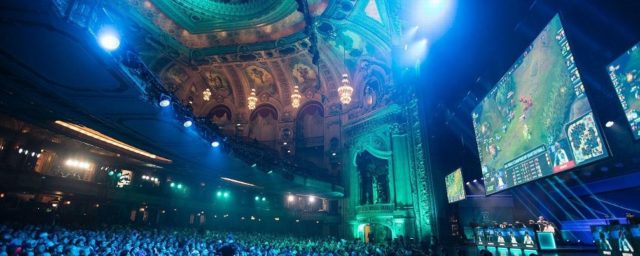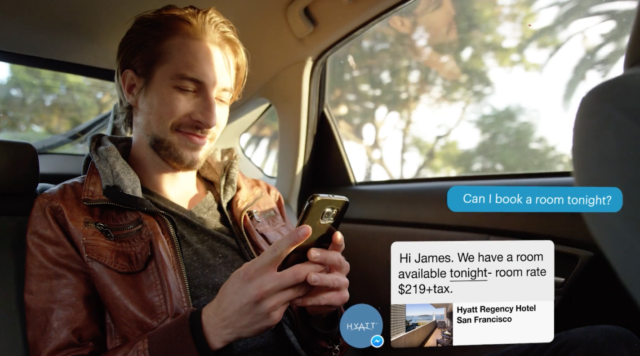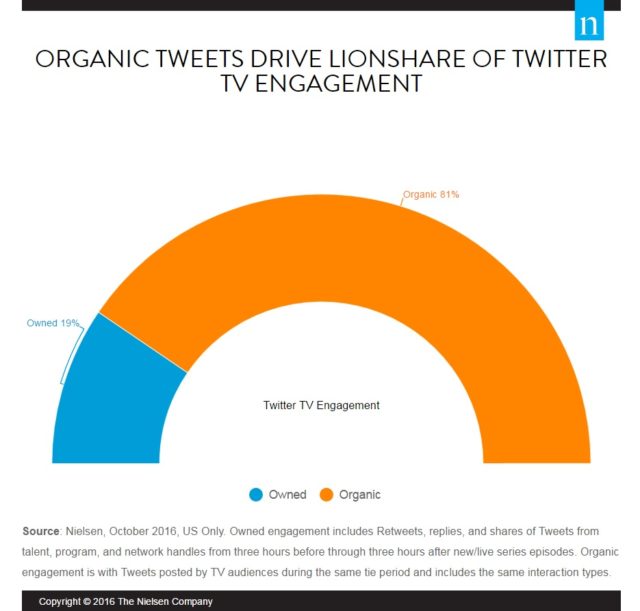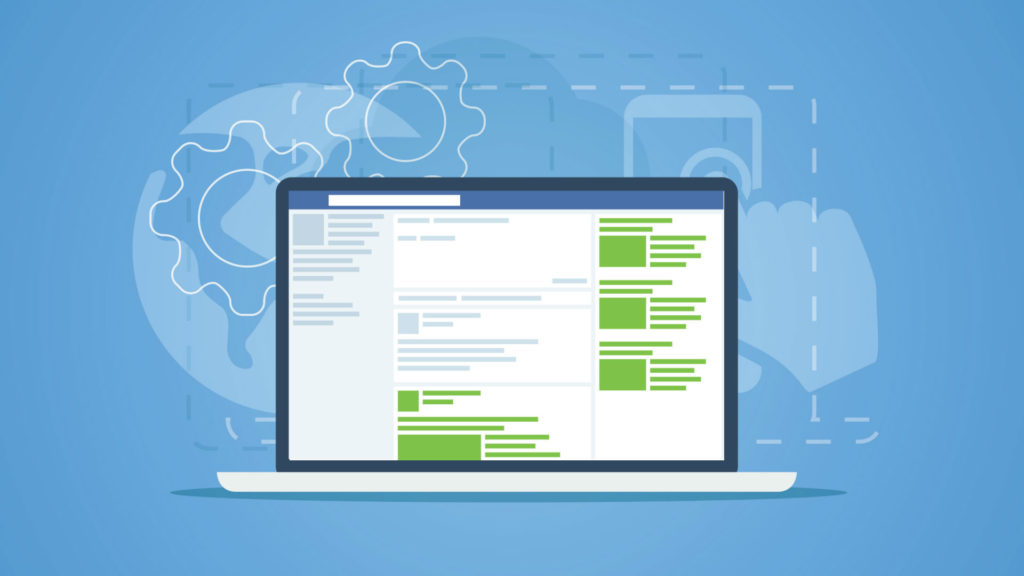This week, we examine the state of mobile advertising, new records being set in the video game industry and chat bots perhaps turning into our new robot overlords—but it turns out Americans like it that way.
Console Crazy
This year’s Black Friday was the best-ever for PlayStation, who announced that more than 50 million PS4 units have been sold to consumers worldwide. This includes the sales of PlayStation 4 Pro (PS4 Pro) that launched in November. “With tremendous support from our fans and partners across the globe, this year we were able to deliver an unprecedented lineup of hardware, including the new slimmer PS4, PS4 Pro and PlayStation VR,” Andrew House, president and global CEO of Sony Interactive Entertainment, said in a statement. “We will continue to provide the best gaming experiences available through our ground-breaking software lineup and network services, as we focus on accelerating our business and expanding the PS4 ecosystem.”
LoL‘ing Big Time
The 2016 League of Legends World Championship finals were seen by 43 million people, according to Riot Games in a release on the League of Legends eSports website. The competition was broadcast over 23 networks in 18 different languages and resulted in 396 million daily unique impressions. Peak concurrent viewership for the final match-up hit 14.7 million and the total number of viewers was up over last year’s record of 36 million.

Chatty Customers
When it comes to dealing with customer service, 38 percent of Americans would rather clean a toilet, according to the 2016 Aspect Consumer Experience Index. While that number has decreased compared to 42 percent last year, a general feeling of dread remains when a consumer has to ask for help. Forty-four percent of American consumers prefer chat bots to traditional customer service, “if the company gets it right” and 71 percent of participants want the ability to solve most customer service issues on their own.
“This is an opportunity for companies to satisfy a growing customer demand,” Joe Gagnon, Aspect’s chief customer strategy officer, advised in a statement, “but even though a large number of consumers now prefer using chat bots, they aren’t going to tolerate a substandard experience. The important thing is that companies who deploy automated interaction must provide an experience that is connected to the rest of the customer experience ecosystem.”

Social Spending
Global advertising is poised to reach $547 billion in 2017, according to media investment firm, GroupM, despite a turbulent financial year impacted by Brexit and the US election.
A recent study by Steelhouse/Forrester revealed that a majority of marketers (89 percent) spend on social advertising, while 77 percent purchase display banner ads, 65 percent use video advertising and 60 percent use email advertising. Ad spend is frequent, according to the study, with 41 percent of participants spending daily on mobile ad networks and 32 percent spending on programmatic managed service providers.
While it’s no surprise that a majority of marketers (85.8 percent) will utilize Facebook in 2017, eMarketer predicts that Instagram will finally overtake Twitter next year as a marketing platform. By 2017, the research firm forecasts, 74.2 percent of US companies with more than 100 employees will use Instagram for marketing purposes, whereas 66.2 percent will be using Twitter. To put that into perspective, eMarketer estimates that 66.1 percent of marketers currently use Twitter, compared to the 53.2 percent who use Instagram.
In September, Instagram reported that the number of advertisers on its platform had grown to over half a million. The ability for marketers to access Instagram options through Facebook, along with its own dedicated services makes this platform even more lucrative as marketers budget for the new year.

Native advertising may soon be dominated primarily by social media, according to findings by Advertiser Perceptions, Inc. The results on an online study revealed that ad execs estimate 43 percent of their native ad budgets are being allocated to conventional publishers, compared to an average of 25 percent in 2015. Meanwhile, social networks currently account for 39 percent of the respondents’ native ad budgets, an increase of 14 percent.
Measuring social engagement can be tricky, especially when consumers use platforms in different ways. While an official hashtag certainly helps, a study by Nielsen found that only 47 percent of Tweets sent about primetime series programming during the 2015 to 2016 broadcast TV season mentioned an official program hashtag. In fact, Nielsen found that TV audiences drive 81 percent of all Twitter engagement, compared to just 18 percent of posts by official or affiliated accounts.

